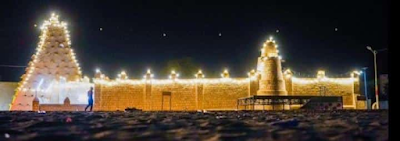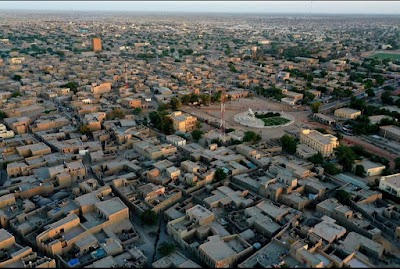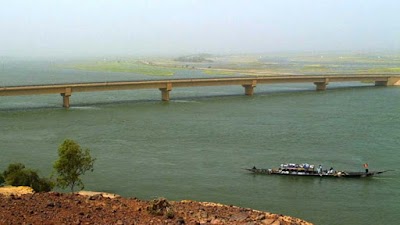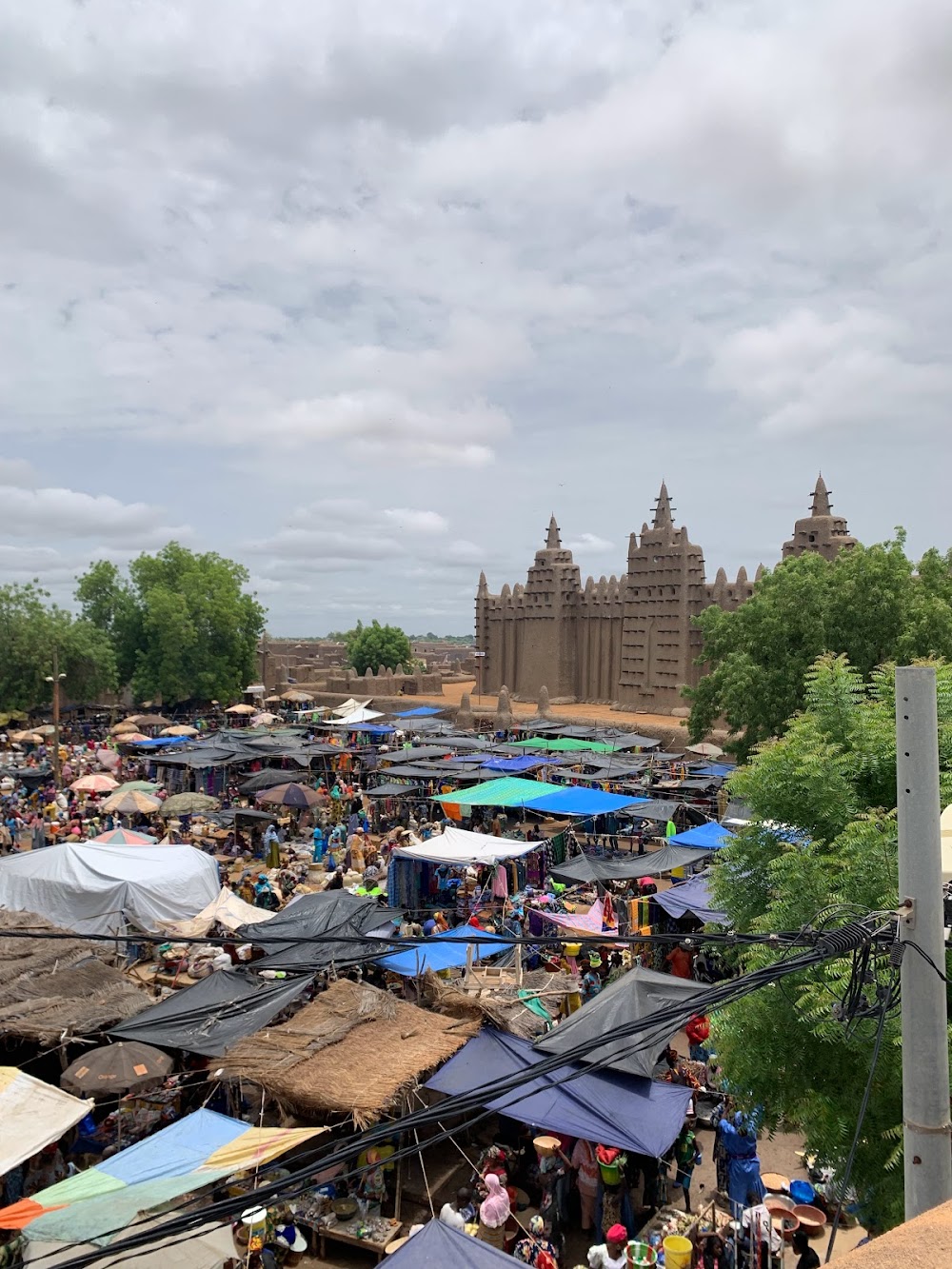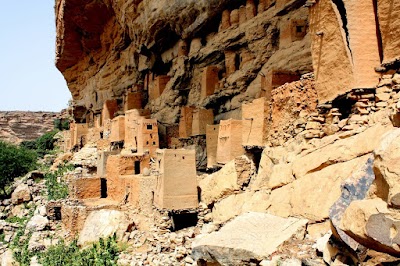Timboctou (Tombouctou)
Overview
Welcome to Timbuktu: A Journey Through Time
Timbuktu, often referred to as Timbuctoo, is a captivating destination nestled in the Koulikoro Region of Mali. This historic town invites travelers to explore its rich tapestry of history, culture, and intrigue. Once a thriving hub of trade and scholarship, Timbuktu has long captured the imaginations of explorers and historians alike, offering an unforgettable journey through time.
The Origins of Timbuktu
Established in the 12th century by the Tuareg Imashagan tribes, Timbuktu's strategic location near the Niger River made it a pivotal trading post. The town flourished as goods like gold, salt, ivory, and slaves flowed through its streets, creating a vibrant melting pot of cultures and ideas. By the 14th century, during the reign of the Mali Empire, Timbuktu emerged as a center of Islamic learning and culture. This reputation attracted poets, scholars, and theologians from across the Islamic world, endowing the town with an intellectual legacy that resonates throughout history.
The Architectural Marvels
At the height of its glory in the 15th and 16th centuries, Timbuktu was adorned with three remarkable mosques: Djinguereber, Sankore, and Sidi Yahya. These architectural masterpieces served not only as places of worship but also as centers of scholarship, housing universities and libraries filled with thousands of manuscripts. Despite the ravages of time and conflict, many of these relics survive today, treasured for their historical significance. The mosques stand as enduring testaments to the town's golden age, reflecting the intricate artistry and cultural syncretism of medieval West Africa.
The Mystique of Timbuktu
Beyond its scholarly heritage, Timbuktu's allure lies in its remoteness and the myths that surround it. Historically viewed as a distant city of gold hidden beneath the Sahara's sands, the journey to Timbuktu was often perilous, deterring many adventurers. It wasn't until the 19th century that European explorers, drawn by whispers of wealth and mystery, began to unveil its secrets to the Western world. Their accounts, though sometimes exaggerated, solidified Timbuktu's legendary status in the global imagination.
Exploring Timbuktu Today
Today's tourism in Timbuktu reveals a stunning blend of historical splendor and stark desert beauty. The town's narrow, winding streets and ancient mud-brick buildings evoke a sense of stepping back in time. Visitors can explore the aforementioned mosques, each offering unique insights into Islamic architecture and the town's scholarly past. The Ahmed Baba Institute is another significant site, dedicated to preserving many ancient manuscripts that encompass various subjects, from astronomy to jurisprudence.
Cultural Celebrations
Timbuktu's culture is equally captivating, with festivals like the Festival au Désert celebrating Tuareg music and traditions. This lively event provides an immersive experience into the region's rich cultural heritage. Although security concerns have impacted tourism and the festival's scheduling, it remains a highlight for those eager to experience the vibrancy of local culture.
Resilience and Hospitality
One of Timbuktu's most intriguing aspects is the resilience and hospitality of its people. Despite facing challenges such as political instability and harsh desert conditions, the inhabitants embody a spirit of warmth and tenacity. Engaging with the local community enriches the travel experience and allows visitors to contribute to the sustenance of this historic town.
Preservation Efforts
In modern times, Timbuktu has encountered significant strife due to insurgencies and regional instability. However, ongoing initiatives to preserve its invaluable heritage persist, supported by local efforts and international collaborations. UNESCO has recognized Timbuktu's cultural significance, designating it a World Heritage Site in danger, underscoring its importance on a global scale.
A Pilgrimage into Africa's Heart
For intrepid travelers, Timbuktu offers more than just a destination; it provides a window into a storied past where sand and scholarship intertwine to narrate tales of human achievement and cultural exchange. Whether drawn by its legendary status or its historical depth, a visit to this town in the Koulikoro Region of Mali is a pilgrimage into the heart of Africa's intellectual and cultural legacy.
Conclusion: A Living Testament
In conclusion, Timbuktu serves as a poignant reminder of Africa's historical richness and the ongoing quest for knowledge. This remarkable place, where legends were born and continue to thrive, invites you to contribute to its enduring story. For those who embark on this journey, Timbuktu reveals itself as a living testament to a vibrant past and a resilient present, inspiring all who visit to appreciate its unique legacy.


